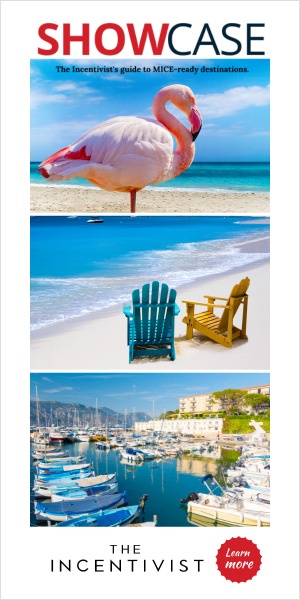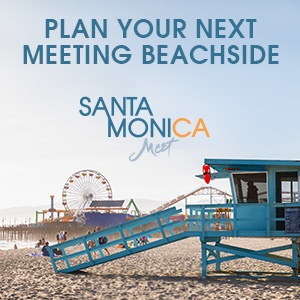R esults from the first multi-association study of the incentive travel industry show strong overall growth moderated by increasing costs and concerns over safety and security.
Released at IMEX America 2018, the study was a joint effort of Society for Incentive Travel Excellence (SITE), The Incentive Research Foundation (IRF) and Financial and Insurance Conference Professionals (FICP).
 “Never before have three associations, all with a focus on incentive travel, come together to release a pan-industry study of the global incentive travel sector. It is the biggest research project ever conducted on incentive travel, by volume and geographical spread, and the results demonstrate unequivocally that our industry is continuing to thrive and grow,” said SITE CEO Didier Scaillet, CIS, CITP.
“Never before have three associations, all with a focus on incentive travel, come together to release a pan-industry study of the global incentive travel sector. It is the biggest research project ever conducted on incentive travel, by volume and geographical spread, and the results demonstrate unequivocally that our industry is continuing to thrive and grow,” said SITE CEO Didier Scaillet, CIS, CITP.
Conducted in association with J.D. Power, Incentive Travel Industry Index Powered by SITE Index, IRF Outlook and FICP is a wide-ranging analysis of business conditions, attitudes and expectations impacting the incentive travel and motivational events industry worldwide. With more than 1,000 respondents from 80+ countries, it is the largest survey ever conducted of senior players in the incentive travel industry.
“For 2018 we increased the number of corporate end-user respondents by a staggering 80 percent. Of these, 40 percent were from the financial and insurance industry, traditionally a big user of incentive travel,” said Steve Bova, CAE, FICP executive director.
The Respondents
Survey respondents were balanced between incentive travel buyers and suppliers, with buyers representing incentive agencies and corporate users, while more than half of the sellers are DMCs. The majority are tenured industry professionals with an average of 17.3 years of experience. Approximately half of the respondents are in the United States.
Growing Budgets, Containing Costs
IRF president Melissa Van Dyke explained that while the findings show that incentive travel is growing, there are counter-currents such as rising costs that tempering the growth. “Over two-thirds of planners are taking steps to contain costs such as less expensive destinations or less expensive amenities,” she said. “Fortunately, the nature of incentive travel programs allows companies to adjust them to reflect concerns with costs.”
Other key highlights from the study include:
- 2018 Budgets Up: 54% of buyers report a year-over-year increase in budgets with the median per person spend remaining stable at $4,000. Corporate users report a higher median spend ($4,550) versus incentive agencies ($3,500).
- More qualifiers: 65% of buyers are increasing the number of incentive program qualifiers, fueled by company growth and optimism in the economy.
- Incentives as Builder of Workplace Culture: While sales and profitability remain the top reasons to run an incentive program, more importance is being given to building relationships between management and employees, increasing productivity and employee engagement. In addition, almost 70% of buyers say their programs are effective at achieving business objectives. However, only a quarter always measure ROI/ROO, with more than 50% saying such measurements are not required.
- All-Inclusive Destinations on Rise: All-inclusive destinations are on the rise particularly for incentive agencies as, for the fourth year in a row, buyers continue to seek cost reductions. Sellers are looking to add value through creativity, innovation and partnerships.
- Destination Appeal: North America, the Caribbean and Western remain the most popular destinations for incentive travel, with destination appeal being the top criteria for selecting one destination over another followed by overall safety and value for money. Fam trips and hosted buyer meetings are the primary sources buyers use to learn about a destination.
- Wellness is the New Golf: Wellness activities, including yoga, are now a top inclusion for incentive planners as corporate social responsibility (CSR) initiatives drop slightly in popularity.















